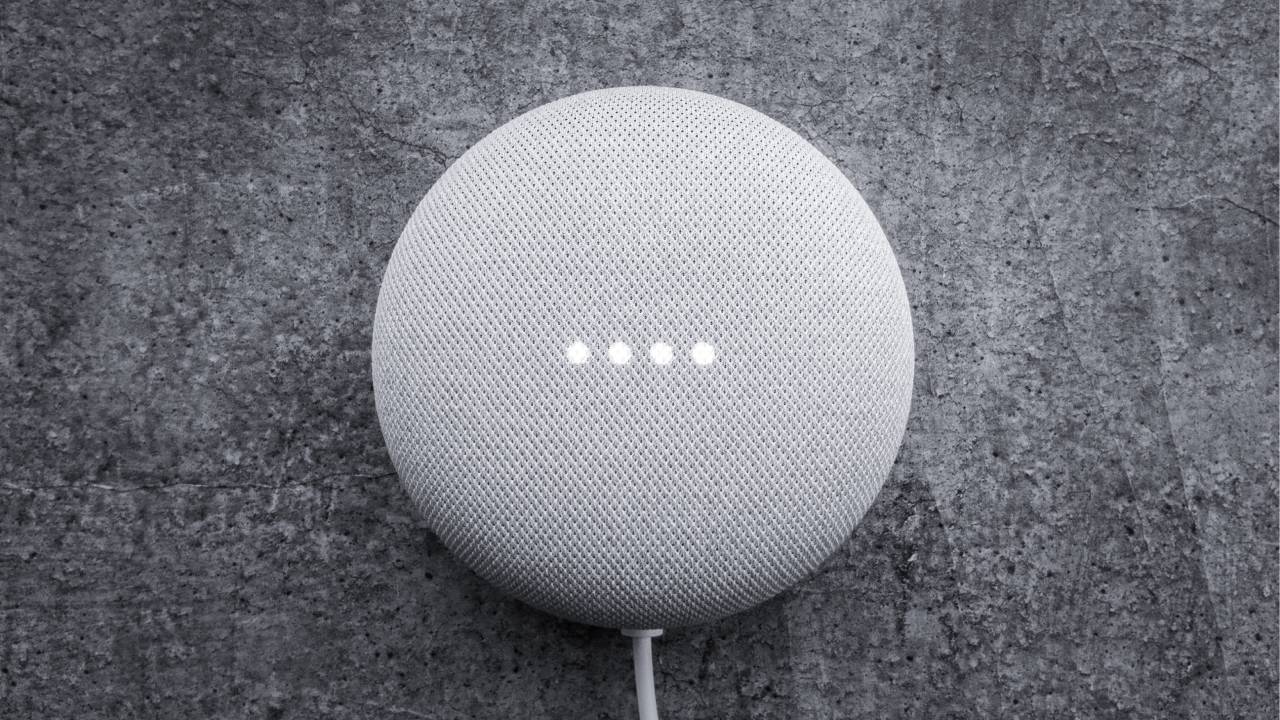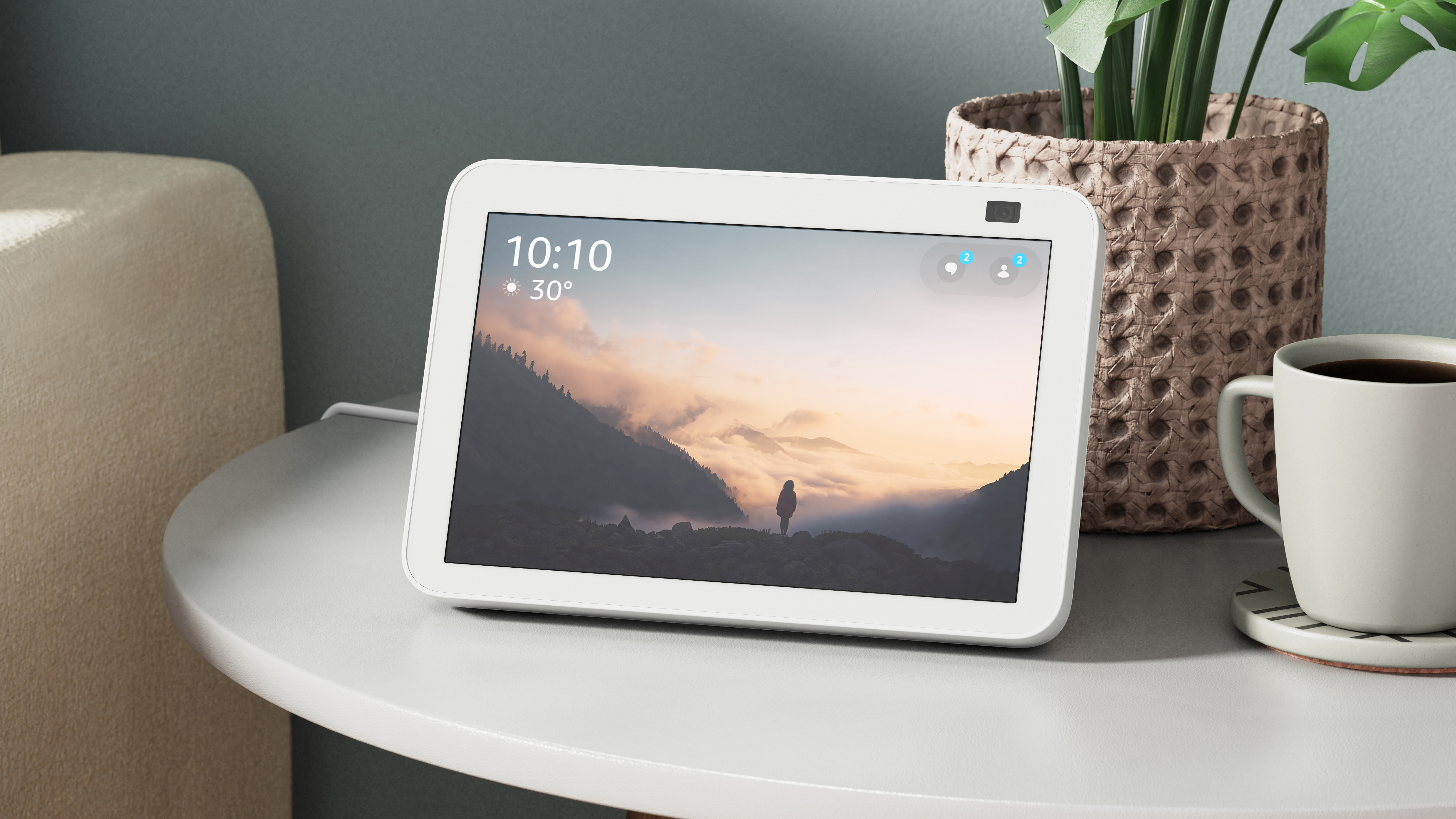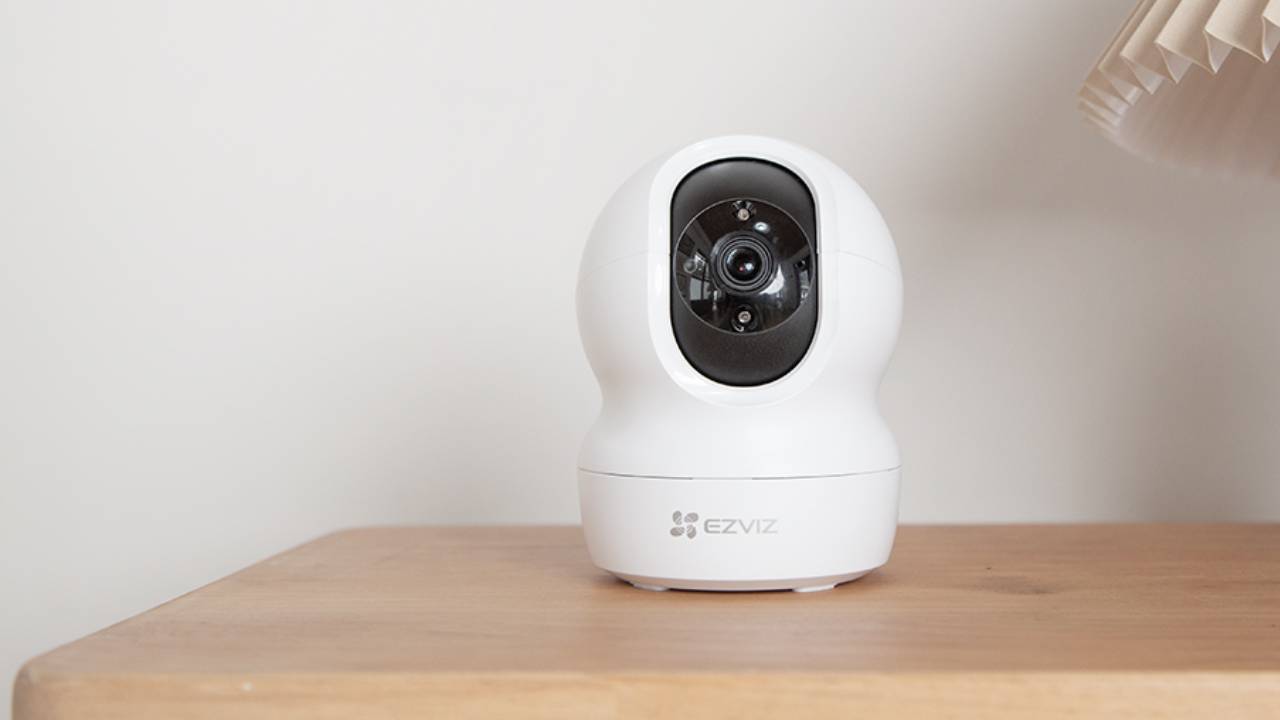5 smart tech essentials for seniors
How smart tech is helping the elderly retain their independence


Home first. They’re two words that aren’t spoken enough with regard to the care of elderly people. Indeed, it’s a concept that could become the norm as the population ages, and healthcare budgets are squeezed.
There are many sound reasons for this approach, which is promoted by Age UK, amongst others. It aims to prevent or delay the admission of the elderly into the already-overloaded healthcare system. It helps ensure individuals receive the right care at the right time and in the right place – and importantly brings an improved quality of life to those involved.
Tech can play an important role, bringing reassurance to the elderly individual and their relatives. It's important to note: none of this replaces in-person care, phone calls or a visit on the way home from work, but it's about empowering independence and enhancing safety.
Here, we’ll break down some of the devices that can help the elderly stay safe and happy in their homes, and help to ease the burden on those around them.
1. Smart speakers and smart displays
Keeping in touch with friends and family is a lifeline to many elderly people, keeping the sense of isolation at bay, providing useful regular reminders, and allowing others to check in on their welfare.
And with the increased focus on ease of use (have you ever really needed to read your Echo Dot’s instructions?) they’re simple enough for even the most ardent technophobe to use.
So, what are you looking for? You’ll want something that can be operated using a ‘wake word’, such as Alexa, Hey Google, or Hey Siri. It’s worth noting that Alexa’s wake words can be customised to an extent – useful if Alexa proves tricky to say or remember. The other options are "Amazon," “Computer,” "Echo," or curiously, "Ziggy".
Get all the latest news, reviews, deals and buying guides on gorgeous tech, home and active products from the T3 experts
Such devices can help with everyday tasks, including reminders to take medication or to remove food from the oven. Smart displays can play music and display family photographs, which can be of great comfort to those living alone. A more conversational approach to voice commands means they’re more likely to be understood.
A special mention goes to the excellent Amazon Echo Show 8 (3rd gen) because of its video calling functionality. This means that not only can you conduct quick, easy, and high-quality video chats using another Echo device with a screen, but you can do so on the move via the Alexa app.

Importantly, with Home Monitoring enabled, you can use Alexa's Live View function to keep a literal eye on your elderly friend or relative – although all the usual caveats around privacy apply. It can also serve as a two-way intercom, which could be useful if you have immediate concerns.
It’s a strikingly similar story with the Google Nest Hub Max, indeed your preferred option may simply come down to price, availability and ecosystem preference – unless you’re particularly drawn by Google’s trump card: compatibility with a wide range of other devices. Importantly for those keeping tabs on elderly relatives, these include video doorbells, cameras and thermostats.
While the Echo Show can also do much of this, it needs to hook up with Zigbee, Matter or Thread to do so.
2. Smart lighting – safe movement day and night
Well-lit areas are a great line of defense against nasty falls, so smart lighting is a quick, easy, and reliable way to keep elderly friends or relatives safe.
It reduces the need for them to fumble around in the dark for wall-mounted light switches or lamps, and can be controlled using a timer or schedule, voice command or via motion-activation. Setting scenes can be useful to encourage the occupant to go to bed or wind down. And if the cost of electricity is a concern, many have an all-off mode, too.
First up is the Philips Hue Motion Sensor which is small enough to be placed pretty much anywhere. It can turn on a bulb if someone gets out of bed, or if placed on the landing, to turn on a light when the bedroom door is opened. Alternatively, it can operate on a timer or be programmed to only operate when it’s dark.
It’s certainly effective, and is compatible with Google Assistant, but it’s not especially cheap – especially when you factor in the price of a Hue Starter Kit – and lacks the elegant simplicity of others.
Alternatives that address these concerns are LIFX, whose smart bulbs connect directly and reliably to elderly relatives’ Wi-Fi and support voice activation and app control, and Nanoleaf Essentials which is compatible with the likes of the Echo Show and Nest Hub via the Thread smart home protocol. Once you’ve got your head around that, the Essentials are very cost-effective.

3. Fall detection and emergency alerts
We’ve looked at the proactive smart devices that can help the elderly stay safe and secure. Now let’s consider the reactive – the kit that can alert you should they have a fall. The UK’s Office for Health Improvement and Disparities says falls are the number one reason older people are admitted to A&E, and in 5% of cases, they result in a fracture and hospitalisation.
Serious stuff – and minutes matter. Thankfully there’s a range of wearable smart tech that can provide alerts should the worst happen.
The Apple Watch SE 2 has fall detection; should the wearer take a tumble, the watch will sound an alert which if not responded to, can call the emergency services and alert contacts from the wearer’s Medical ID. The Apple Watch Series 4 to 10, plus the Apple Watch Ultra and Ultra 2 also have an ECG function that can help detect heart problems such as atrial fibrillation, a serious form of irregular heart rhythm. According to findings published in America’s National Library of Medicine, the information gained could prove helpful when arriving at A&E.
A more specialised device is the AngelSense GPS tracker, which comes in the form of a smartwatch or wearable and has been designed for those with autism, special needs, Alzheimer’s, or dementia. It’s not cheap, and comes with a substantial monthly subscription, but uses AI monitoring and an app for caregivers; the device itself has a speakerphone and SOS button.
It can continuously monitor the wearer and track them should they leave home, and also has a pill reminder, and a fall detection feature which is currently in beta.
Finally, don’t underestimate the power of a good, old-fashioned indoor camera or two. The EZVIZ CP1 Pro 4MP Indoor Pan and Tilt Camera swivels for extra coverage, has a built-in mic, supports video calling via an app and provides smartphone alerts. At less than £50, it’s a bargain.

4. Smart medicine dispensers and reminders to never miss a dose
Too much medicine, too little or in the wrong combinations can cause serious problems. Mechanical pill dispensers are useful, but smart tech offers another solution – including those that provide reminders.
The Pivotell Advance GSM pill dispenser with App alert messaging is a sophisticated box of tricks that can be programmed to provide the correct dose at the correct time, sound a reminder alarm for up to five hours, and ping pre-programmed contacts whenever a dose has – or hasn’t – been taken. It also has a 12-month battery life.
It uses a SIM card, so no Wi-Fi is required, and is compatible with the Jointly app, which allows multiple carers to communicate and coordinate their activities – ideal for ensuring there are no crossed wires, so older people receive the care and company they need.
The TabTime Vibrating Alarm Watch takes a simpler approach, It can provide multiple silent, vibrating alarms a day and is ideal if the wearer needs to take meds throughout the night without waking a partner. It can also help with hydration or toilet reminders, as well.
The reminders provided by the Echo Show and Google Nest Hub are quick and easy wins, once again showing that they’re essential pieces of kit.

5. Smoke, carbon monoxide and water leak detection
We’ve all heard the smoke alarm when we’ve burned some toast – and for most of us it won’t have been more serious than that. It’s rarer, thankfully, that we’ll have heard a carbon monoxide (CO) alarm, or a leak detector. Fortunately there’s tech that can send an alert much further than a hallway.
Once again, we turn to Google Nest and its Nest Protect smoke and CO alarm. The self-testing alarm can provide a gentle warning of a bit of charred supper before sounding the full alarm, helping to limit alerts to mere eyebrow raisers rather than panic. Linking several detectors can provide information on where the fire is, and dual-sensor tech can determine smouldering or fast-spreading fires.
It also acts as a CO detector, so any faulty fires or gas ovens can be dealt with immediately. And helpfully lights up as you walk under it, so acts as a handy guiding night light, too.
Water is less of an immediate risk, but nonetheless can still cause significant damage, disruption, and upset. The Eve Water Guard is Apple HomeKit enabled and can provide alerts when water is detected via the device’s 2m cable – which can be extended to 150m for huge detection coverage. A 100dB siren will alert the householder, too.
Stuart is a highly experienced journalist with a track record at some of the UK’s most prestigious automotive titles, including What Car?, Autocar and Auto Trader. On the way, he’s reviewed pretty much every important car on the road – and is equally adept at understanding a wide range of related products, from cool boxes to digital multimeters. When not behind the wheel, Stuart has a huge interest in home improvement, and loves nothing more than spending the weekend on the tools. His latest project is fettling a workshop to house his growing passion for woodworking.
You must confirm your public display name before commenting
Please logout and then login again, you will then be prompted to enter your display name.
